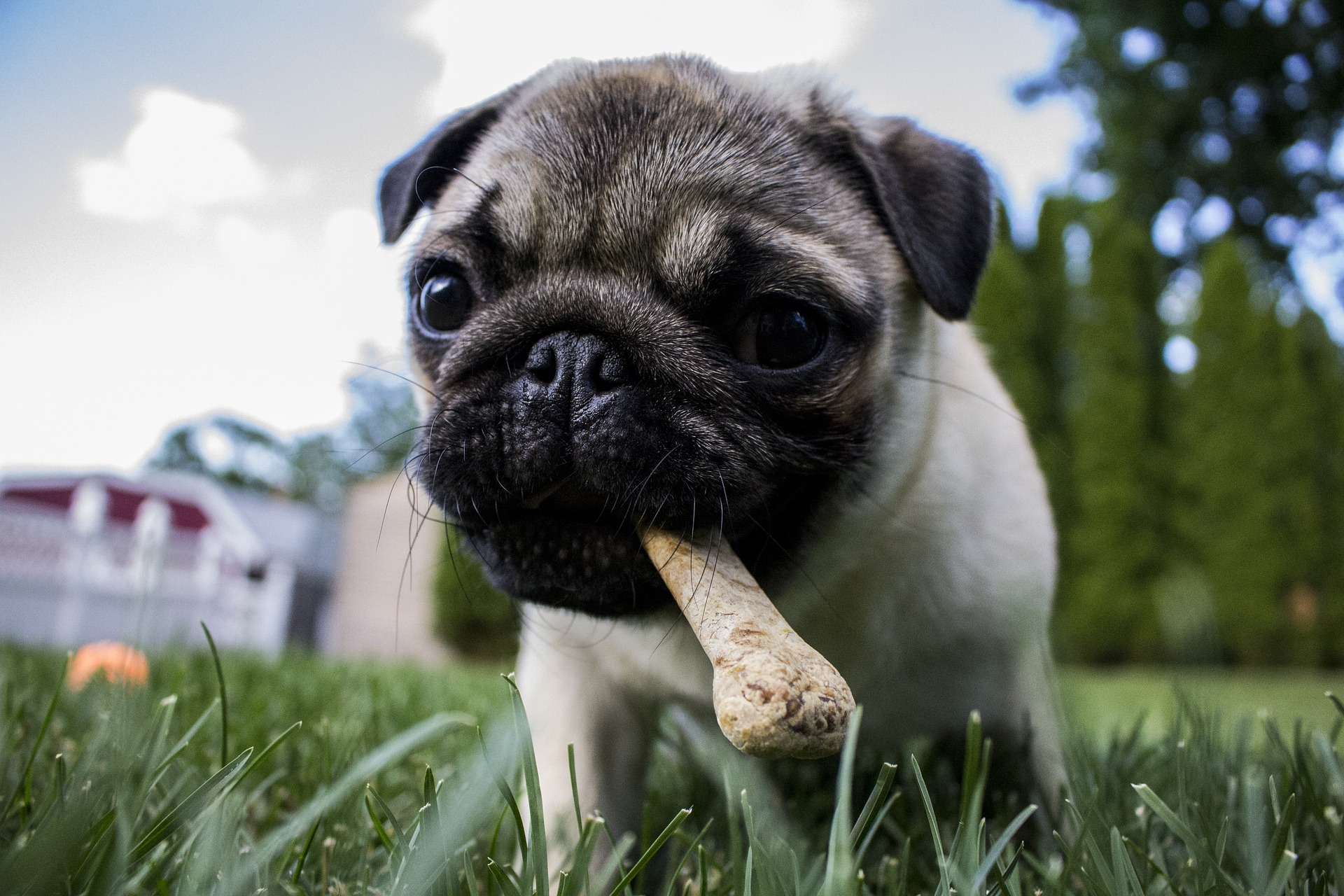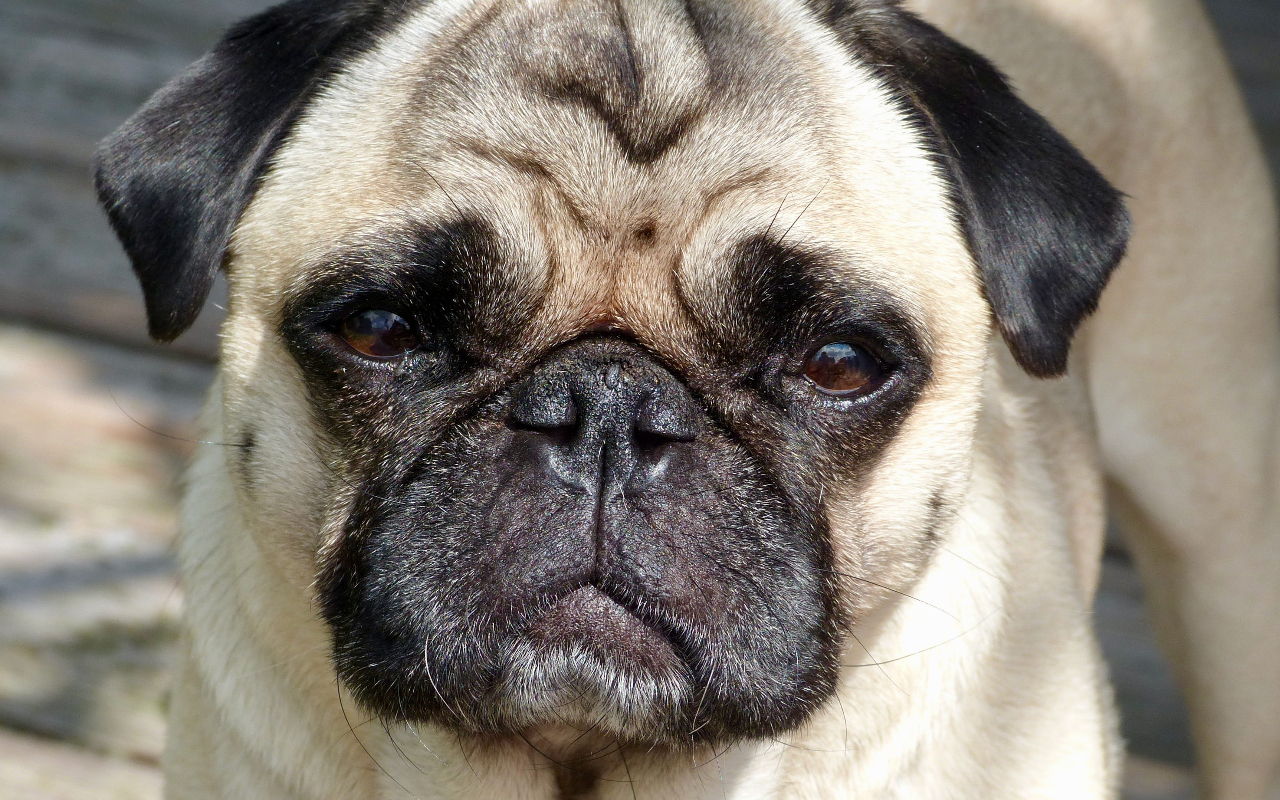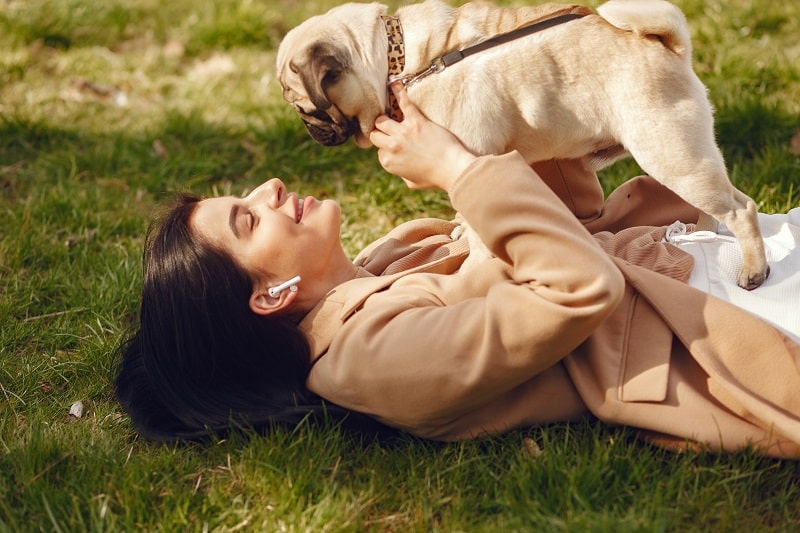Table of Contents
Normally, the average pug life span ranges from 12 to 15 years. However, most pug dogs only last for 12 years (or even shorter) than the average life span. A male pug may only live up to 12.8 years, while the female counterpart can live up to 13.2 years.
Pug Life Span – Common Causes of Pug Death
In a 20-year study, 100 pugs were observed for the most common causes of death. Puppy pugs that are one year old and below usually die of infection and trauma, followed by inborn or congenital diseases. Therefore, how long pugs live depends on their health conditions.
The following are the leading death causes of pug dogs:
Neurological disorder
The number one cause of death for pugs is having a neurological disorder. 27.4 percent of pugs die from this disease. The most affected part of the body is the nervous system, consisting of the spinal cord, nerves, and brain. Pug encephalitis is the most common type of neurological disorder. It causes brain inflammation, leading to muscle control loss, lethargy, and seizures. This fatal disease is breed-specific, so it may only affect pugs.
Infection
With 10.9 percent of pugs dying from infection, this makes it one of the most common health problems that affect its life span. An infection may include bacterial infection, distemper, parvovirus, protozoal disease, and fungal infection.
Skin infections and yeast infections aren’t included in this category (although they are serious issues that need medical attention). Likewise, staph infections due to allergies are easily curable. They are not a threat to the life expectancy of pugs.
Cancer
The big C is life-threatening for all dogs. 12.5 percent of pugs die from this disease. Common cancers that affect pugs are lymphoma, mouth cancer, testicular tumors, mammary tumors, and skin tumors. However, skin cancer remains the number one type of cancer that kills pugs. Skin and mast cell tumors are usually found in the neck, head, hind legs, and the main body.
Congenital disease
This includes illnesses or diseases that are inborn, such as the abnormal contraction of a tube or passage within the body, and improper flow of the blood. A heart defect is also a common congenital disease in pug dogs.
How to Extend Your Pug’s Life Expectancy
There are so many easy and natural ways to extend a pug’s life span. For instance, you can start with your pet’s diet. It should be healthy, with a good dose of fresh fruits and vegetables. Just make sure they’re edible for dogs.
Pugs are prone to being overweight. So you need to be careful about which foods you give it. If you let your dog become obese, he may suffer from chronic pain in the joints and hips. He could have breathing issues and heart problems. To help your dog live a healthier and longer life, make sure he maintains a healthy body and weight.
Choose home cooked food or premium dog food with natural ingredients such as sweet potatoes and carrots. Also, avoid giving your dog unhealthy and fatty treats. It’s also important to have a schedule when giving meals. This helps reduce impulse offerings of snacks and other unhealthy foods.
Here are other helpful tips to extend pug life span of your beloved pug:
- Give your dog mineral supplements and essential vitamins daily. However, you need to consult your veterinarian first. This is so you can give your pet the correct dosage.
- Make sure your pug gets daily exercise (but not too much!). A morning walk would be good, then some playtime in the afternoon. Give it water and a bit of rest after activities before giving it any food.
- Proper grooming helps maintain healthy skin. It prevents skin infections and other health problems, too. Make sure that your pug’s teeth are brushed regularly to avoid infections.
- Regular vet checkups are a must. Earlier treatments help prevent certain health conditions from advancing to later stages that are often hard to treat.
Noticeable Changes As Your Pug Age
Pugs are considered seniors once they reach the age of 7 to 9 years old. But this will be determined by your veterinarian to get a more accurate classification. Some pug owners don’t notice the changes in their pets because the transitions occur little by little.
The most obvious sign that your pug is growing older is its movements are starting to slow down. This is because their barrel-shaped body causes knees, legs, and hips to carry all the weight.
Another sign of aging is hearing loss. The difficulty in hearing would affect how they socialize with other dogs as well as their owners. Prepare your dog by training them with hand signals. This way, they won’t find it hard to understand you once they develop hearing loss.
Lastly, pugs usually gain fat stores while losing their muscle tone. Check with your vet to know what type of exercises your dog can do to stay active. Remember, fat in pugs doesn’t just increase as they age, it also moves. It’s important to keep your canine healthy by giving them a balanced diet and regular exercise.
The life expectancy of your pug generally depends on his lifestyle and diet. The more frequent they exercise and the healthier their food, the longer they’ll live to be with you.





